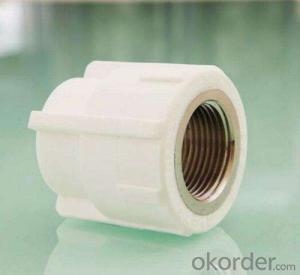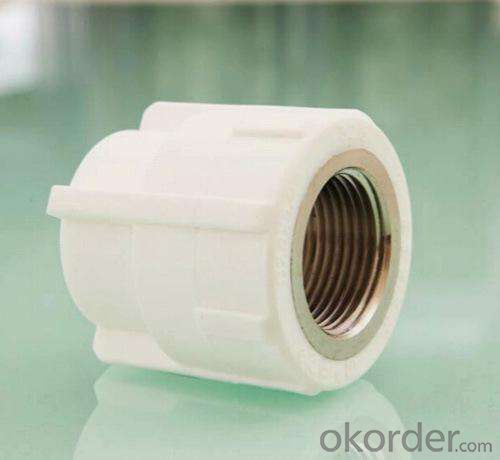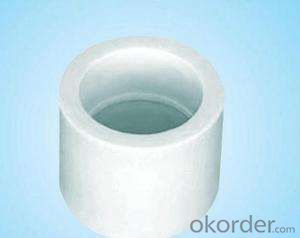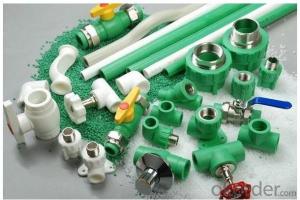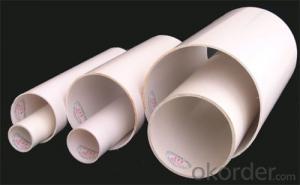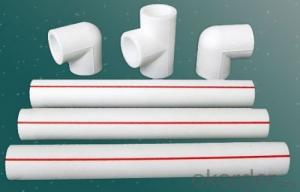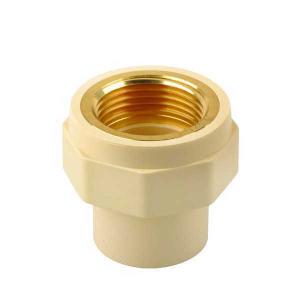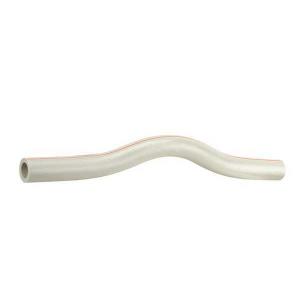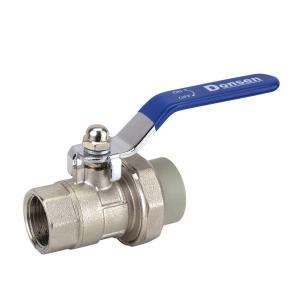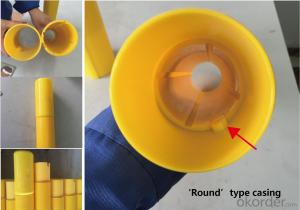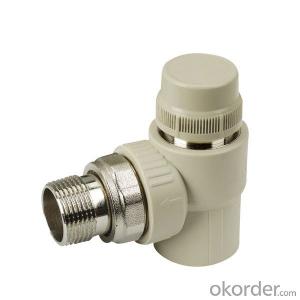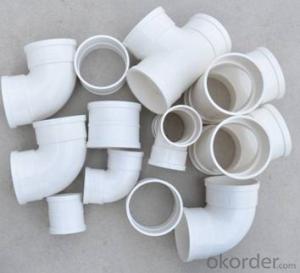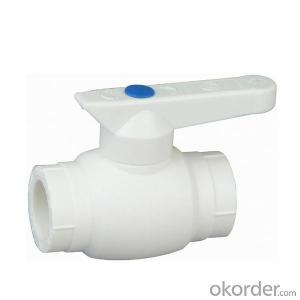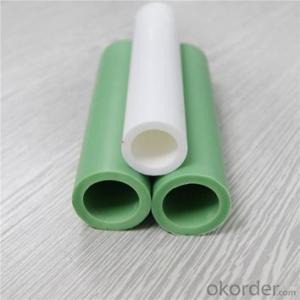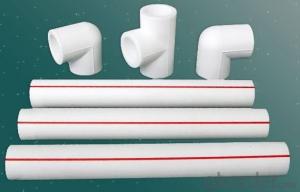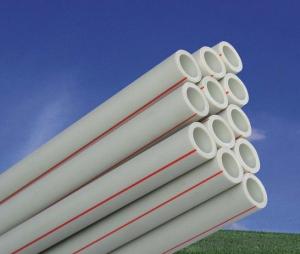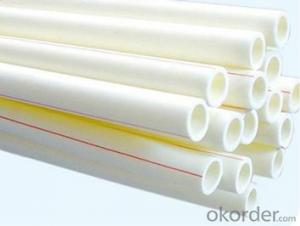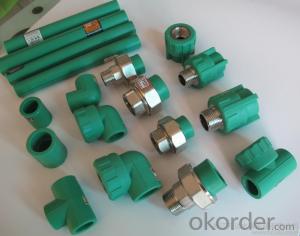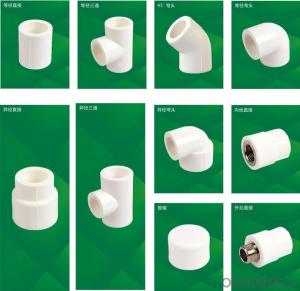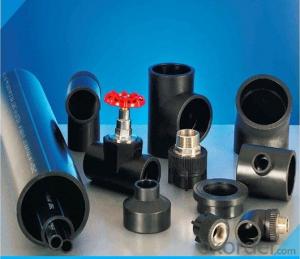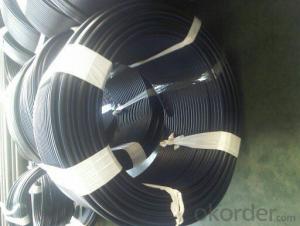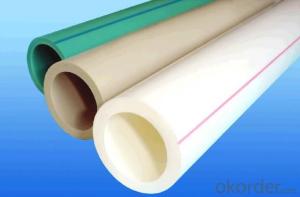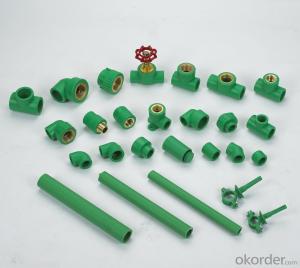Rv Plastic Pipe Fittings PPR Coupling for Hot and Cold Water Conveyance from China
- Loading Port:
- Tianjin
- Payment Terms:
- TT OR LC
- Min Order Qty:
- 1000 pc
- Supply Capability:
- 1000000 pc/month
OKorder Service Pledge
OKorder Financial Service
You Might Also Like
Product Overview
The comprehensive technical performance and economic indicator of PP-R are much better than galvanized pipe, UPVC pipe, polyethylene-aluminum compound pipe, PE-X (cross-linked polyethylene) and polybutylene pipe etc. For this reason PP-R is the leading products and widely used for feed-water piping in developed countries in Europe and America.
Nowadays PPR pipes win more attention and have been used all over the whole world more widely with its excellent sanitization performance, high heat resistance, compression resistance, corrosion resistance, pliability and seismic performance which make PP-R the real environmental friendly pipe.
Advantages
1. Light weight, easy and quick assembly
2. Most suitable for carrying drinking water
3. Excellent corrosion and chemical resistance
4. Bacteriologically neutral
5. Low thermal conductivity
6. Safe and watertight joints
7. Reduce heat loss
8. Resistance to scaling
9. Resistance to frost
10. Usable in seismic areas
11. Resistance to abrasion
12. Resistance to stray current
13. Eco-friendly
14. Long operational durability
Product Description
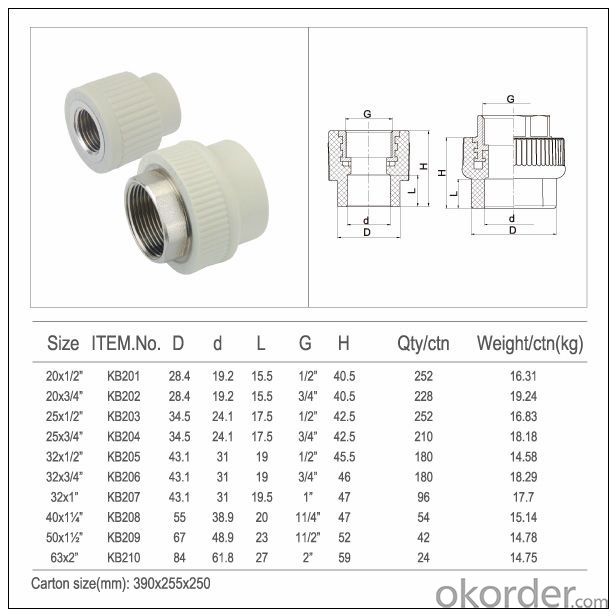
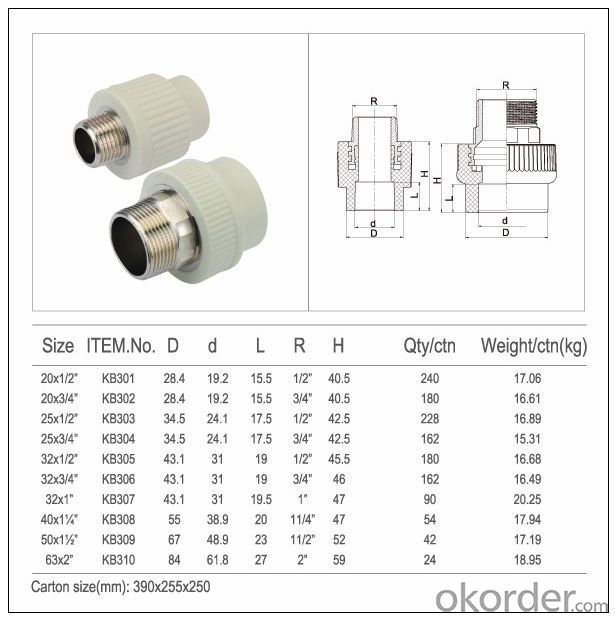
Product Show
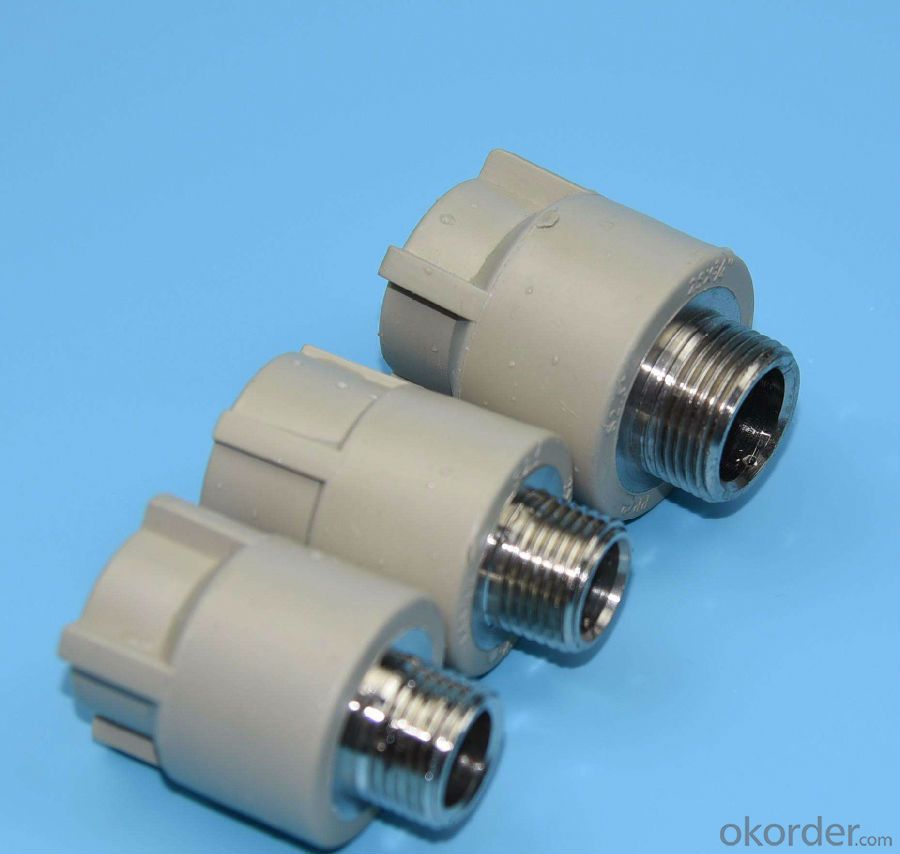
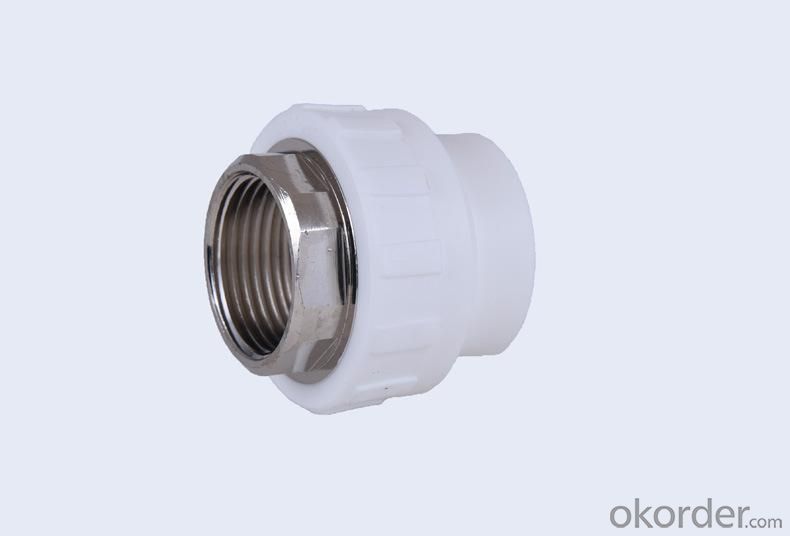
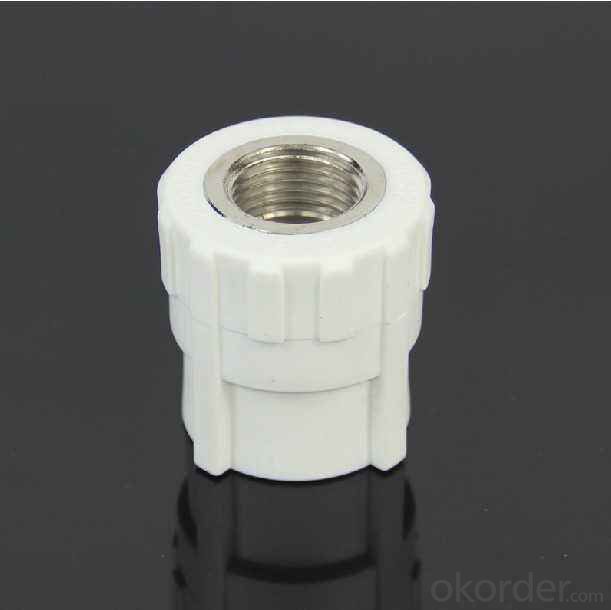
Why choose us?
(1) Professional factory: We are manufacturer, specializing in manufacturing multilayer PP-R, PE pipe and PP-R, PE pipe fittings for more than13 years, our price is competitive with high quality. And we can delivery product in quick way.
(2) Sample: We can send samples out in 3 days, but the express charge usually paid by your side, but the fee will be rebound when we have formal order.
(3) Rapid response to your needs: We will be answer within 24 hours. Welcome to contact with us if you have any problems. We are looking to cooperating with you.
(4) We hope we can establish long-term and mutual benefit business relation with you. If you have any problem, please kindly feel free to contact me. I will try the best to help you!
- Q: Can plastic pipe fittings be used for both indoor and outdoor applications?
- Yes, plastic pipe fittings can be used for both indoor and outdoor applications. They are versatile and resistant to various weather conditions, making them suitable for a wide range of projects. However, it is important to ensure that the specific type of plastic used in the fittings is appropriate for the intended application and environment.
- Q: Are plastic pipe fittings suitable for potable water supply?
- Yes, plastic pipe fittings are suitable for potable water supply. They are commonly made from materials such as PVC, CPVC, or PEX, which are approved by regulatory bodies for use in drinking water systems. Plastic fittings are durable, corrosion-resistant, and offer easy installation, making them a popular choice for potable water supply applications.
- Q: What are the common installation mistakes to avoid with plastic pipe fittings?
- Some common installation mistakes to avoid with plastic pipe fittings include not properly preparing the pipe ends before joining, using incorrect or incompatible fittings, overtightening or undertightening the fittings, not using appropriate sealants or lubricants, and not adequately supporting the pipe after installation.
- Q: Plastic pipe fittings and plastic doors and windows on the stain in what way?
- Have that kind of special dust remover, decontamination ability is very strong
- Q: Can plastic pipe fittings be used for gas lines?
- No, plastic pipe fittings should not be used for gas lines. Gas lines require materials that are specifically designed and approved for the purpose, such as metal pipe fittings, as plastic is not suitable for containing and transporting gas safely.
- Q: Can plastic pipe fittings be used for pressure washing systems?
- Yes, plastic pipe fittings can be used for pressure washing systems. However, it is important to ensure that the fittings are made from durable and high-pressure resistant materials, such as PVC or CPVC, to withstand the water pressure generated by the pressure washer. Additionally, it is recommended to closely follow the manufacturer's guidelines and choose fittings that are specifically designed for pressure washing applications to ensure safe and efficient operation.
- Q: Can plastic pipe fittings be used for conveying food products?
- No, plastic pipe fittings should not be used for conveying food products. It is recommended to use food-grade materials such as stainless steel or food-grade plastic fittings that are specifically designed and approved for contact with food. Plastic pipe fittings may contain chemicals or additives that could leach into the food, posing a potential health risk.
- Q: Can plastic pipe fittings be used for gas supply?
- No, plastic pipe fittings should not be used for gas supply. Gas supply requires fittings that are specifically designed and approved for gas applications, such as those made of metal materials like brass or steel. Using plastic fittings for gas supply can pose a safety risk due to the potential for leaks or failures.
- Q: Are plastic pipe fittings suitable for desalination plants?
- Yes, plastic pipe fittings are suitable for desalination plants. Plastic pipe fittings are corrosion-resistant, lightweight, and have excellent chemical resistance, making them ideal for use in desalination plants where they are exposed to harsh saline environments. Additionally, plastic pipe fittings are easy to install, require minimal maintenance, and have a long service life, making them a cost-effective choice for desalination plants.
- Q: Do plastic pipe fittings have a maximum operating pressure?
- Yes, plastic pipe fittings do have a maximum operating pressure. The maximum pressure rating is usually specified by the manufacturer and it is important to adhere to these guidelines to ensure the safe and effective functioning of the fittings.
Send your message to us
Rv Plastic Pipe Fittings PPR Coupling for Hot and Cold Water Conveyance from China
- Loading Port:
- Tianjin
- Payment Terms:
- TT OR LC
- Min Order Qty:
- 1000 pc
- Supply Capability:
- 1000000 pc/month
OKorder Service Pledge
OKorder Financial Service
Similar products
Hot products
Hot Searches
Related keywords
